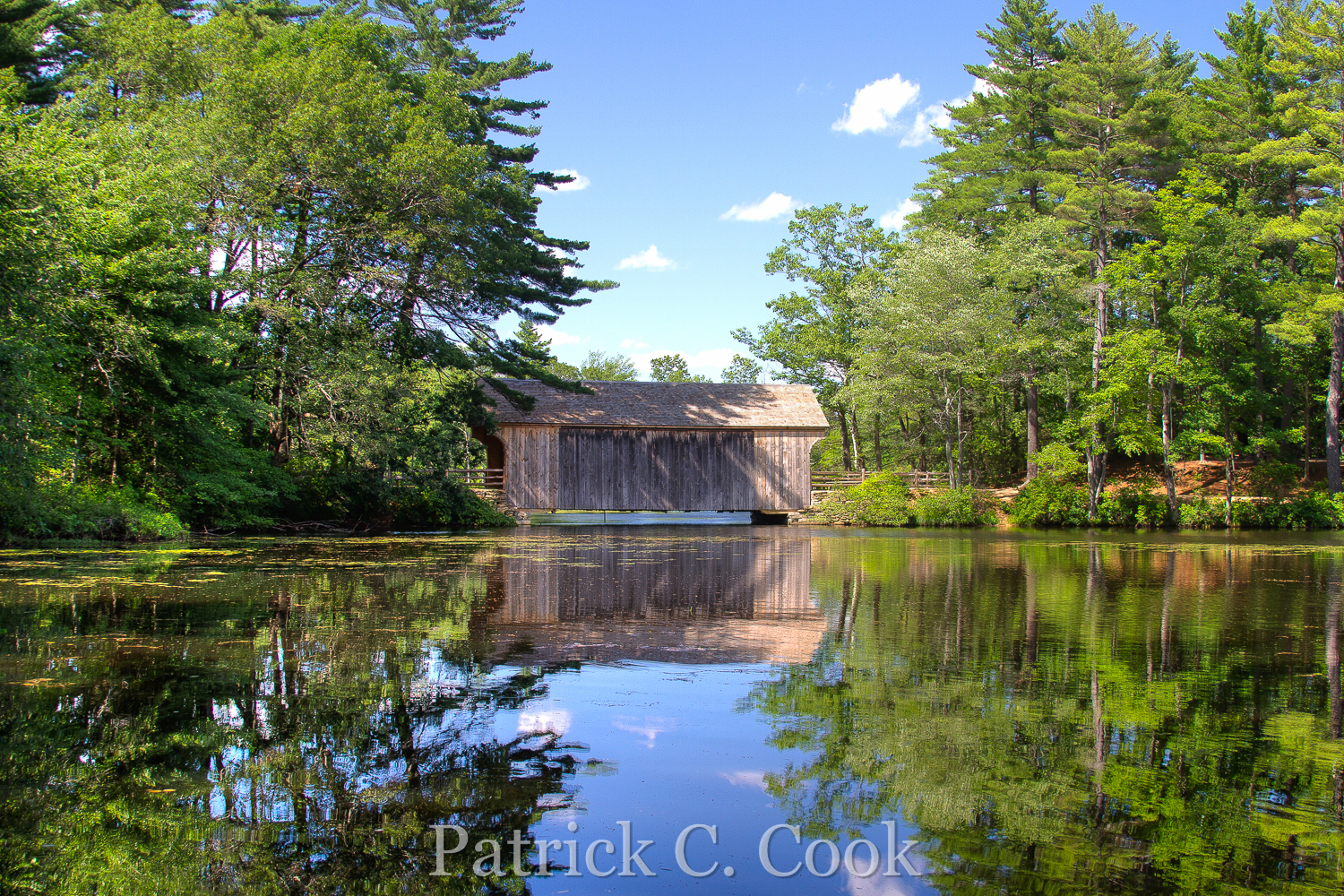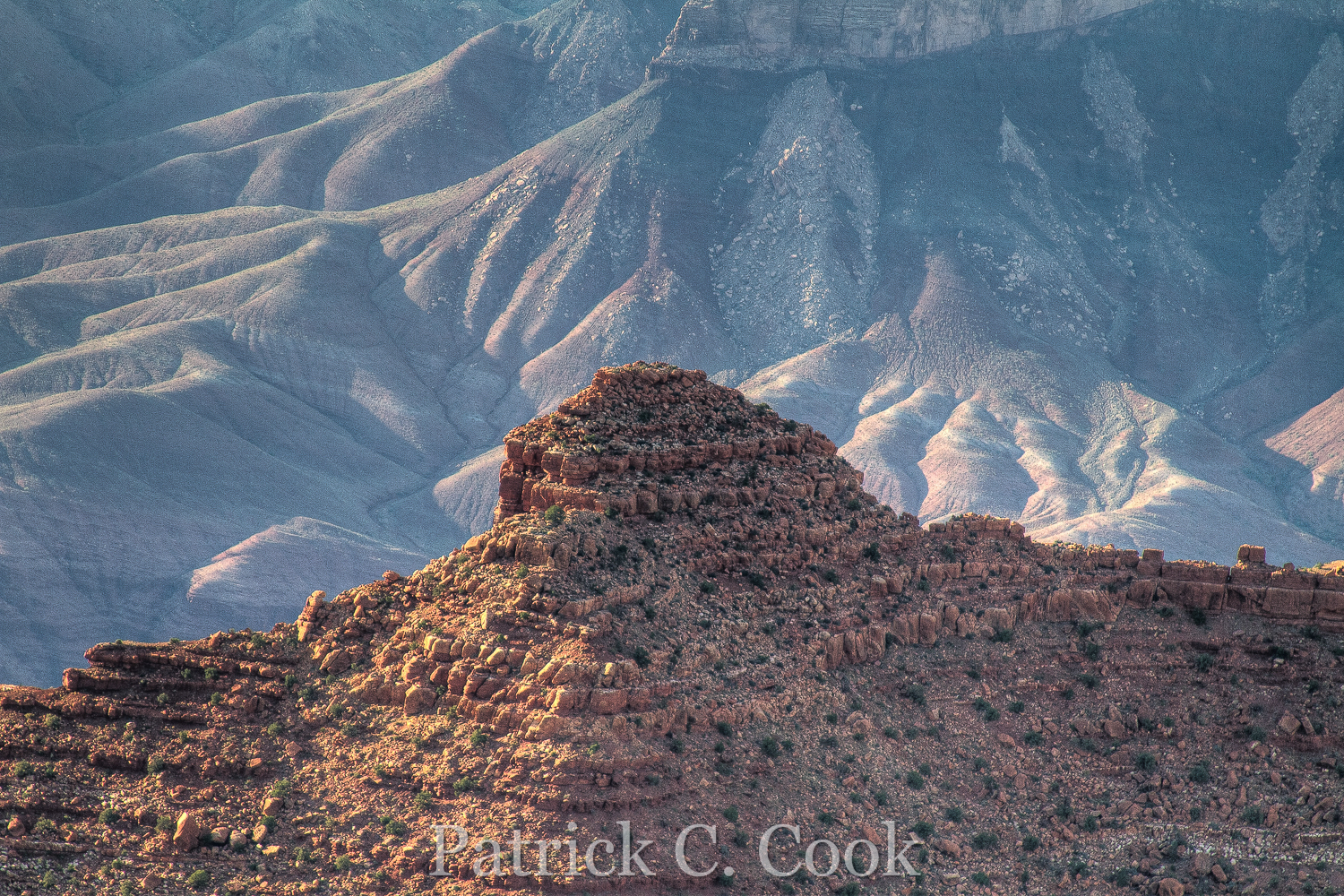There are many reasons for choosing a particular print for wall décor. It often comes down to simply, "I just like it". But behind the "I just like it" is a lifetime of memories, impressions and associations that have formed personal preferences that become the foundation of why we like, or dislike, images. Clive Bell (1881-1964), a British art critic and philosopher of art who defended abstract art, claimed (in his book Art, 1914) that there is a certain uniquely aesthetic emotional response to art, and that it is the qualities in an object that evoke this emotion. Bell believed that what arouses this emotion is certain "forms and relations of forms", including line and color, which Bell called "significant form". So, when we like, or dislike, an image we must trust the process that our minds go through, in an instant, to come to a subjective like, or dislike, of an image.
When it comes to choosing wall décor for our homes, it often comes down to simply "I like the print" as a starting point. Then, we tend to explore the "fit" of that particular piece to determine the application of the print in a particular decorating goal. For instance, perhaps the print will be used to complement the room furnishings, or put an empty wall span to good use, or add energy to the room, or perhaps inject a bit of calmness to a room. There are many practical uses for wall prints in terms of wall décor. I would like to explore a few of these practical concepts here, focusing on a particular type of image that is often overlooked as wall art. I'm referring to "fractal art", as it is commonly known.
Coined by Benoit Mandelbrot, the term "fractal" originates from the mathematical concept of "self-similarity" at any scale. Put more simply, a fractal image consists of patterns that repeat at various scales. As a very simple example, a circle within a circle is a self-similar pattern that repeats in two scales, or sizes. Of course, a fractal image usually consists of many patterns with varying degrees of complexity. Current computer technology is able to generate high-detail fractal images that are often the basis for unique visual art, which is the application of fractal science that we are interested in here.
So that we stay on track here, let's put aside the principles of fractals and focus on the practical application fractal art as interior wall décor. I want this article to help you appreciate that fractal art has many wonderful uses in your home as a way to compliment decorating style, color pallet, furniture and room geometry. Let's start with using fractal art for energizing a room.
Fractal art is really about patterns that are often symmetrical and ordered. Patterns give the impression of stability and strength, and when color is properly utilized in the image, the overall result is often an impression of energy. Many home environments can be complemented with well placed bursts of energy in the form of fractal art prints, such as kitchens that are often the center of family activity or recreational areas where fun and entertainment is the dominant intent.
Self-similarity is everywhere in nature. Any tree is an excellent example of self-similar patterns where branches are, in a fundamental way, each similar to one another. The leaves of a tree are all of much the same shape, yet are each a separate structure, each contributing to the overall form of the tree when seen at a distance. Patterns that repeat, i.e., are self-similar, are ubiquitous in nature to the extent where we don't "see" the patterns unless we look closely. Yet patterns play an important role in our overall identification of objects. In a similar manner, a fractal art print mounted on a home wall offers a recognizable visual pattern. However, and here's the key benefit, the patterns that make up the content of the image all contribute to the overall image. The premise is that patterns make up the image, yet the patterns are not the focus. This allows a fractal art print to meld into the room as an complimenting object rather than a dominating object.
When we pass by a print mounted on a wall in our homes, the print affords an opportunity for a brief excursion of the imagination, guided by the shapes and patterns of the print. It may happen in an instant, and subconsciously, but it happens. The pictures in our homes take us on short rides into our past, or to a wonderful place in nature, or a romp with imagination, or into a state of interpretation. Visual art is a transporter of the mind's inner vision. Fractal art triggers imagination because it is both familiar, yet unfamiliar. What my seemingly contradictory statement means is that a fractal image is familiar because of shapes the patterns collectively suggest, as discussed above, yet unfamiliar because it doesn't depict a known geographical location. This is a perfect recipe for the mind's imagination to be activated but not being precisely directed, visually speaking, by the trigger image. In this manner, fractal art prints in our homes encourages mental play. Or, perhaps put better, they help make our homes more interesting, more stimulating and even more fun.
The patterns of fractal art can consist of spirals, circles, ovals, squares, triangles, lines and an almost infinite combination of geometric shapes. This positions fractal art to serve as an excellent complement to the geometric shapes of building structures, which consist largely of squares, right angles and straight lines. A fractal image that consists of spirals could be an excellent method of softening the many right angles of a room, for instance. Or, a fractal print that consists of square patterns could add a sense of dimension to a section of flat wall. Fractal art prints can actually serve the valuable function of continuing the geometric patterns of a room into areas that break from the overall room structure, such as a large wall area. They can also be used to oppose the geometric patterns of a room to improve the overall structural balance of the room. The swirling and spiral patterns of some fractal images can also be used to "extend" the lines and curves of furnishings within the room, providing a visual marriage of the geometry of the furnishings to the many right angles of the room. In short, the patterns of fractal art prints can prove a valuable tool in interior design.
The human mind has an amazing capacity for collecting images, or more correctly stated, the impression of images. For instance, a viewer will recognize a landscape scene that may consist of rolling hills dappled with green trees under a blue sky punctuated by white billowing clouds. That's a universally recognizable image that the viewer can easily understand and appreciate. What's interesting about a fractal image is that the human mind attempts to associate the image with impressions stored in the mind. When it can't make a match, such as it could with a landscape, the mind reverts to interpretation which can lead to a variety of results. When displaying fractal art, our goal is to provide a playground, if you will, for the mind to explore interpretations, never knowing what the private interpretation of the viewer may actually be. This positions fractal art to be a trigger for home guests to have a short mental romp while they visit. Think of fractal art as dash of spice to help make the visit to your home a bit more enjoyable and memorable.
Putting aside the technical explanation, a fractal image is the final result of mathematical algorithms that are used to place pixels at certain locations on the digital canvas. The collection of millions of points of color ("pixels") form the final image. Because fractal art is computer generated, the fractal artist remains in full control of the image. The artist can control the patterns, shapes and structure by controlling mathematical algorithms. The fractal artist can also decide the color pallet, the luminescence and contrast of each pixel. As such, fractal art is very reliant on the skill of the artist, but also very malleable. For the Interior Designer seeking to use fractal images as wall décor, the fact that fractal art images are computer generated provides a number of practical benefits. One benefit is sharp detail, which becomes important in an interior situation where the wall mounted print may be viewed up close. Another benefit is the purity of color which, again, is under the precise control of the fractal image artist. Perhaps the best benefit is that a fractal image can be customized by the original author to provide a better fit to a décor goal. This is because the configuration that originally generated the fractal image using the fractal generating software can be reloaded, modified and the image regenerated. Digital fractal images are customizable, allowing for important attributes such as color to be modified for the décor application.
I'll conclude by addressing the presentation of a fractal art print. Consider that matting and framing may not actually be necessary for a fractal art print for a couple of reasons. First and foremost, fractal art can be selected based on the color theme of the décor, or can often be color modified as needed. This may actually bypass the need for matting which is often used to tie the image into the décor. Second, a frame may not be needed, or desired, because you may not want to confine the fractal art price, which I call "boxing". Using a frame would tend to isolate the fractal art from its environment by virtue of the art being contained in a frame. We are very fortunate that current printing technology provides a rich array of substrates and mounting options. For instance, a fractal image printed on aluminum not only provides a print surface that optimizes the colors of the image, but completely eliminates any need for framing. When you consider the mechanical function of matting and framing, you realize that the mat and frame assembly is largely about keeping a paper print from wrinkling or curling, holding protective glass in position and a way to provide for hanging hardware. Printing on substrates such as aluminum, and canvas wraps, avoids the mechanical necessity of framing. The next time you are considering a fractal art print, consider the available frameless options to determine if they have merit in your décor application. But more importantly, evaluate if a particular fractal art piece you might be interested in can be presented "unboxed" (frameless) to allow the colors and patterns to meld with your décor. In other words, can the fractal art piece be displayed entirely on its own merits. Also consider the cost savings of a frameless solution. For instance, would it make sense to apply your decorating budget toward a larger print size rather than the cost of a frame, mat and glass and labor costs to construct the frame assembly.
I hope this discussion encourages you to consider fractal art prints for your home or office décor. Fractal art prints provide the opportunity for interesting and unique wall décor that can energize a room, soften the many right angles of a room and even help blend the geometry of furnishings to the room. Fractal art prints are visual treats that you and your family, friends and visitors can enjoy for years.































